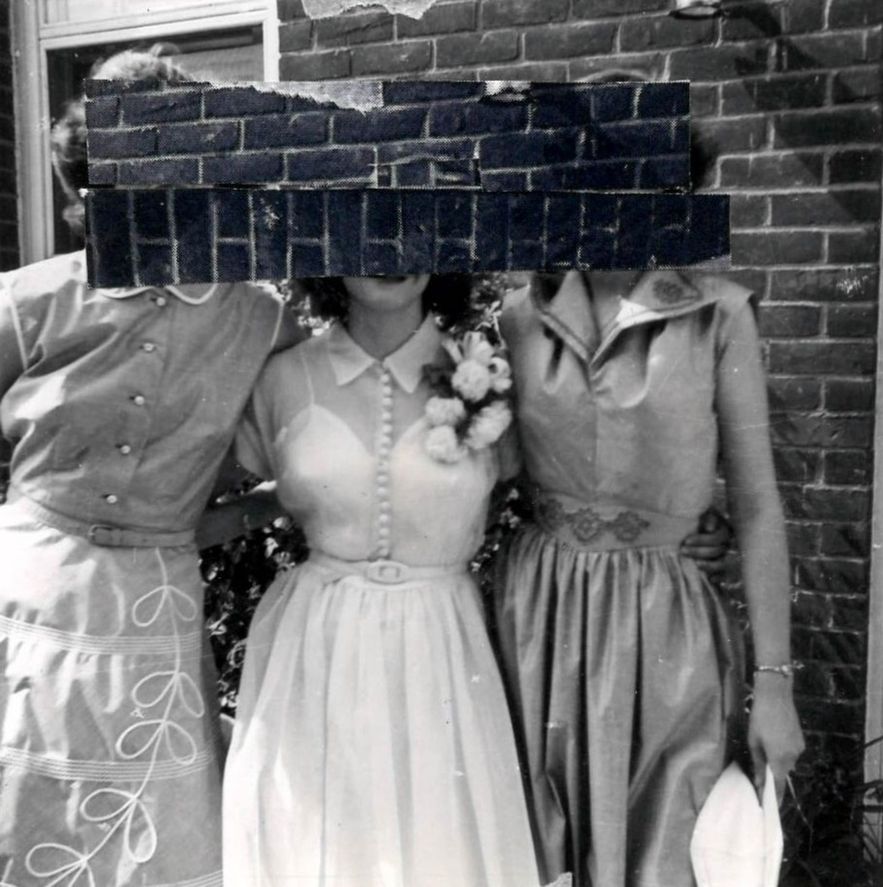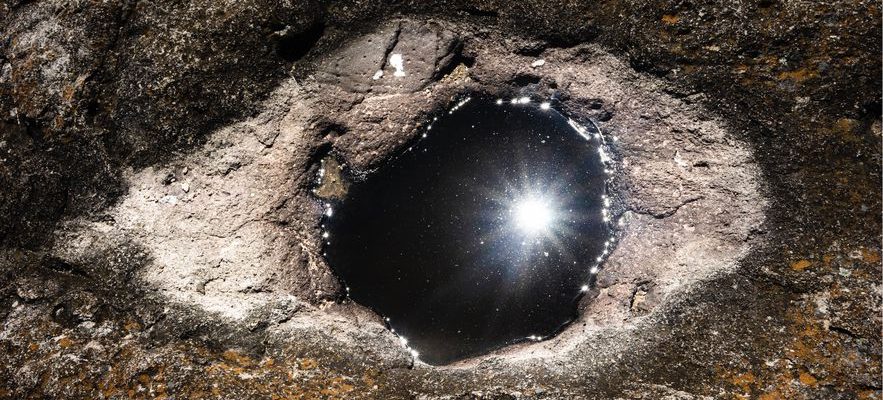Highlighting emerging international talents and the structures that support them, this is the leitmotif of the Louis Roederer Foundation, associated since 2017 with the Rencontres d’Arles to award its summer prize. This year, ten projects, selected from the 400 applications received, are the subject of a collective exhibition at the church of the Preaching Brothers. Tanvi Mishra, editor, author and curator from New Delhi, ensures the hanging, making sure to give meaning to a meeting of artists whose practices and backgrounds could not be more diverse. Even if the notions of memory and archives, collective or personal, seem to have presided over the vast majority of the works presented, the curator prefers to favor the moving relationship between the public and the image as a red thread: “This perception is conditioned by our individual memory: our age, our gender, the place where we come from influence our looks. The way I receive a photograph will always be different from yours.”
Another guideline is the strong presence of artists from Southern countries, to whom Tanvi Mishra offers unprecedented visibility here, thanks to the activation of its network in India and Latin America to open up applications to these territories. Witness the two photographers who won the 2023 Louis Roederer Foundation Discovery Prize: the Ecuadorian Isadora Romero and the Indian Soumya Sankar Bose.
Isadora Romero, “Eye”, series “Then we tame the fire”, Teotitlan del Valle, Mexico, 2022.
/ © Courtesy of the artist
The first seduced the professional jury with a proposal committed to agrobiodiversity, after discovering that her ancestors from Quito were seed keepers. While 75% of the world’s plant varieties have disappeared over the past twenty years, his work, halfway between memory and reportage, questions the way in which the loss of ancestral knowledge irreparably compromises the preservation and conservation of indigenous seeds.
The second, which won the votes of the public, also bears a strong family history. Twenty years before he was born, his 9-year-old mother vanished on her way to a Midnapore neighborhood confectionery to prepare a religious offering, only to reappear three years later with no tangible memory of her kidnapping. From this disappearance deprived of a coherent narrative, the young Soumya Sankar Bose tries to reconstruct potential scenarios, evolving between fictitious proposals and compositions inspired by real events, like the riots of 1971, some time before the partition of Bengal. Under the title Discreet escape into the darknessthis visual and sound installation literally takes the viewer on a quest as impossible as it is painful.
What do we need to “see” to believe the word of the victims?

Nieves Mingueza, “Untitled”, series “One in three women”, 2021.
/ © Courtesy of the artist
It remains to be discovered, within the walls of the church of the Preachers Brothers, the eight other projects on display, including that of the Spaniard Nieves Mingueza, which offers a striking point of view on women victims of gender-based violence: constructed in the manner of a forensic investigation, archive images, household objects and supporting texts taken from United Nations reports, One in three women (sad figure validated by studies) questions the validity of evidence of crimes remaining confined to the private sphere. What do we need to “see” to believe the word of the victims? To redirect our gaze towards the oppressive environment controlling their existence, answers the photographer.
This process of reinterpretation is already initiated, at the start of the journey, by the productions of Philippe Calia, a French artist who has been living in Bombay for fifteen years, who combines photos taken in museum spaces in India with extracts from guest books left by visitors. The ideal starting point to borrow the common thread drawn by Tanvi Mishra around the uniqueness of our vision of the image.
